

| Home page |
| Coal Transport |
Coal was only used locally in the early days. It was transported by wheel barrow then horse-driven cart. Since 1770 the Grand Trunk Canal (later called Trent and Mersey Canal) system came into use. It had an immediate and immense impact on coal industry development. Railway development in the middle decades of the 19th century once again rapidly increased coal output. Various wagons, tanks, vans and locomotives as shown were developed for the coal industry.
Click image or highlighted words below to go to that specific section.
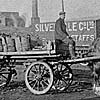 |
Horse-drawn cart: Before the canals and railways coal was transported by road. |
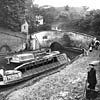 |
Canal system: The canal system was a direct and easy method of carrying larger quantities of coal, with a 50% reduction in costs. |
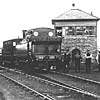 |
Railway system: Many railway lines were laid for industrial purposes, mainly in connection with the coal and iron workings. |
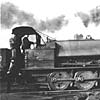 |
Locomotive: Most collieries owned their own locomotives for transporting the coal and men. |
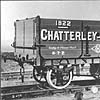 |
Wagon, van and road vehicles: Various containers used to transport men, coal and by-products. |